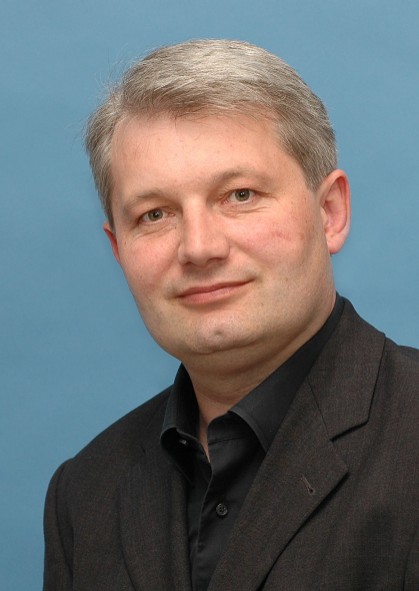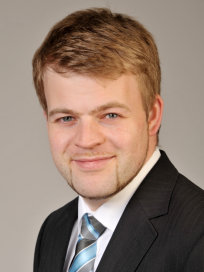Project P1
Project description
Design and analysis of functional composite materials with strain-induced magneto-electric coupling
Functional materials with magneto-electric coupling are of high importance with respect to the enhancement and development of functional tools in medical engineering and information technology. But only functional materials, which are characterized by a significantly large magneto-electric coupling, own a reliable relevance. Natural materials do not exhibit this behavior in a technically relevant temperature range. Thus, the design of artificially produced magento-electric materials is of high scientific interest. Within this project magneto-electric composites, which are represented by a piezo-electric matrix with magnetic inclusions, should be analyzed and modeled. Thereby, the modeling of the individual constituents at the microscale as well as the material characterization at the macroscale is of major interest.The focus of the first funding period was the modeling of the macroscopic behavior of magneto-electric composites using numerical homogenization methods. On that account, the development of suitable constitutive descriptions of the magneto-mechanically and electro-mechanically coupled phases was necessary. For a multiscale computational framework, in the context of coupled problems, a suitable definition of the scale transition was defined. The developed methods were used for the simulation of appropriate boundary value problems to analyze the influence of the polarization process of the electric phase on the magneto-electric coupling coefficient.In the second founding period we will focus on the enhancement of the developed models with respect to the prediction of the magneto-electric coupling coefficient in two-phase composites. Therefore, the ferromagnetic material behavior will be described using a variation of the Preisach-model. For the necessary experimental comparison reconstructions of real three-dimensional microstructures are essential. From these reconstructions ordinarily non-periodic discretizations of the boundary result, consequently, the development of weak periodic boundary conditions for the definition of the microscopic boundary value problem is required. Furthermore, the discontinuities across microscopic phase boundaries (imperfect interfaces) should be considered. The numerical results will also be compared to experimental data, in detail we concentrate on the ferroic constitutive laws of the individual phases, the imperfect interfaces and the macroscopic characterization of the coupling coefficient.




